What Is A Crinkle Leaf Plant - Crinkle Leaf Houseplant Info
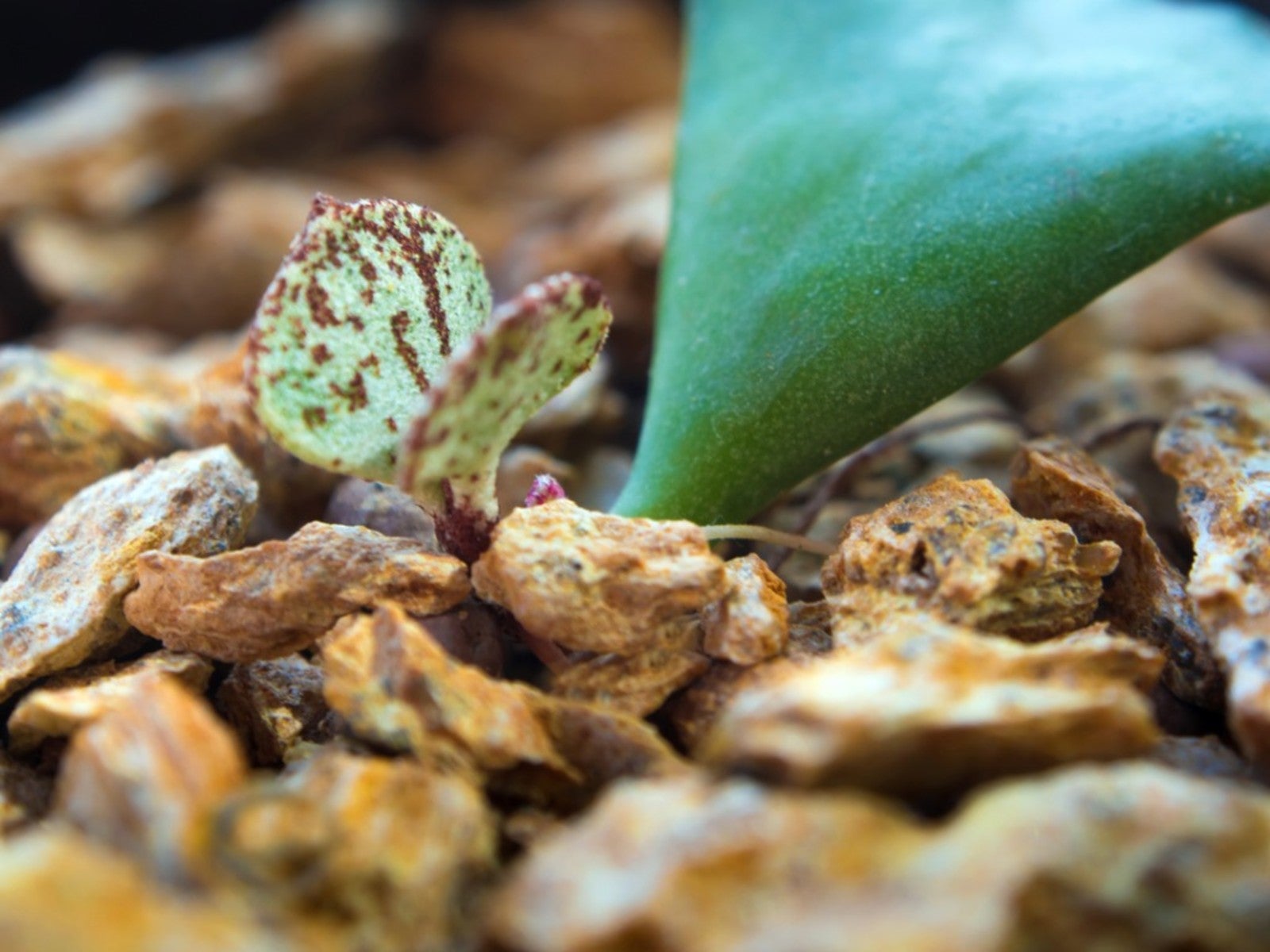

A crinkle leaf houseplant is not at all cold hardy and should be kept indoors except during the summer. In spite of its frailty in chilly climes, it makes an easy-to-grow plant indoors. The crinkle leaf succulent is native to South Africa and needs warm temperatures and moderate water to thrive.
What is a Crinkle Leaf Plant?
The Cristatus crinkle leaf plant is related to the Kalanchoe plant, which is often found in plant gift stores. The crinkle leaf houseplant is hardy to USDA zone 9a and above. If you live below this zone, it will be part of your indoor plant colony. The plant has 2 inch (5 cm.) long grayish green leaves with ruffled edges forming a rosette shape. Newer central leaves are deeper green and slightly curled. All foliage is pleasantly fuzzy. Tubular flowers grow on an 8 inch (20 cm.) stalk. They are white with pale red edges.
Crinkle Leaf Succulent Facts
These small succulents are found wild in the eastern Cape province of South Africa. They are in the genus Adromischus. The name comes from the Greek 'adros' meaning thick, and 'mischos' meaning stem. There are many species in the genus, but only A. cristatus has the signature triangular leaves. There are several cultivars from the parent plant including Indian Clubs, which produce fat, oval, club-like foliage. You can propagate crinkle leaf plants just from a leaf. Place it on cactus soil and wait until it roots. In time you will have more plants.
Crinkle Leaf Plant Care
If growing the plant indoors, keep it away from cold windows and drafty areas. Place the container in a bright window but avoid exposing the leaves to searing light. Use very gritty soil and a well-draining container. Water when soil is dry to the touch in spring and summer. The soil should be moderately moist but not soggy. In fall and winter, water about half the time as the plant is in a dormant state. Crinkle leaf plants can be fertilized once in spring with a time-release formula. If you live where it is warm, keep the plant outside provided nights are not too cool. Keep watch for pests like mealybugs.
Gardening tips, videos, info and more delivered right to your inbox!
Sign up for the Gardening Know How newsletter today and receive a free copy of our e-book "How to Grow Delicious Tomatoes".

Bonnie Grant is a professional landscaper with a Certification in Urban Gardening. She has been gardening and writing for 15 years. A former professional chef, she has a passion for edible landscaping.
-
 Looking For Plants To Give You The Soft And Fuzzies? Try These 5 Fuzzy Leaf Plant Options
Looking For Plants To Give You The Soft And Fuzzies? Try These 5 Fuzzy Leaf Plant OptionsLovers of texture, drama, silver foliage and tactile plants will adore these special sensory garden additions. These fuzzy leaf plant options will leave you all aglow
By Susan Albert
-
 Get Ready For A Summer Of Hummers! Grow These Full Sun Hummingbird Plants and Flowers
Get Ready For A Summer Of Hummers! Grow These Full Sun Hummingbird Plants and FlowersIf you’re lucky enough to enjoy a sunny backyard, make sure you are maxing out on your pollinator opportunities and grow these full sun hummingbird plants and flowers
By Tonya Barnett
-
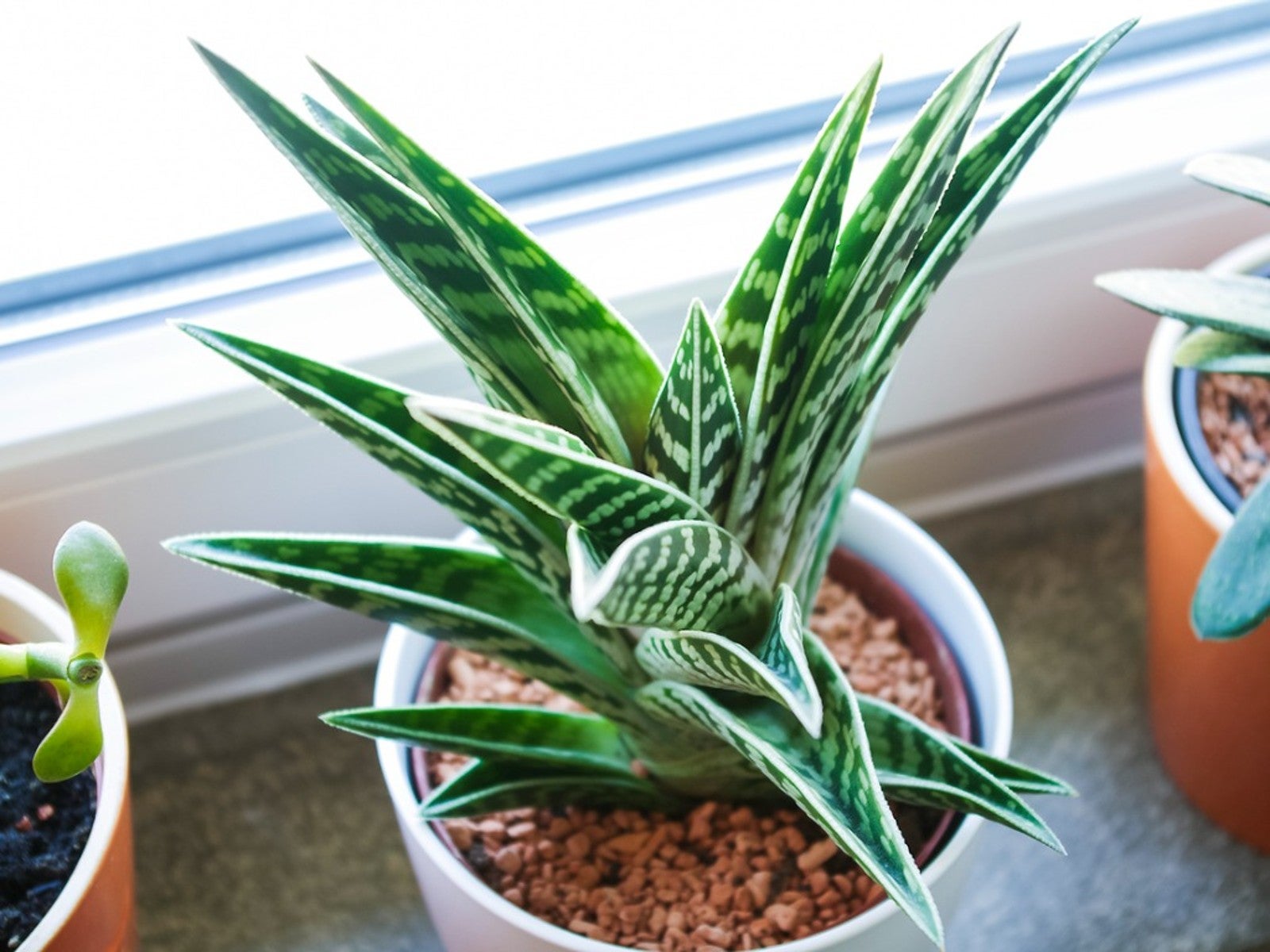 Variegated Succulents To Add To Your Plant Collection
Variegated Succulents To Add To Your Plant CollectionRead about some of the pretty variegated species that add beauty and interest to your succulent collection.
By Becca Badgett
-
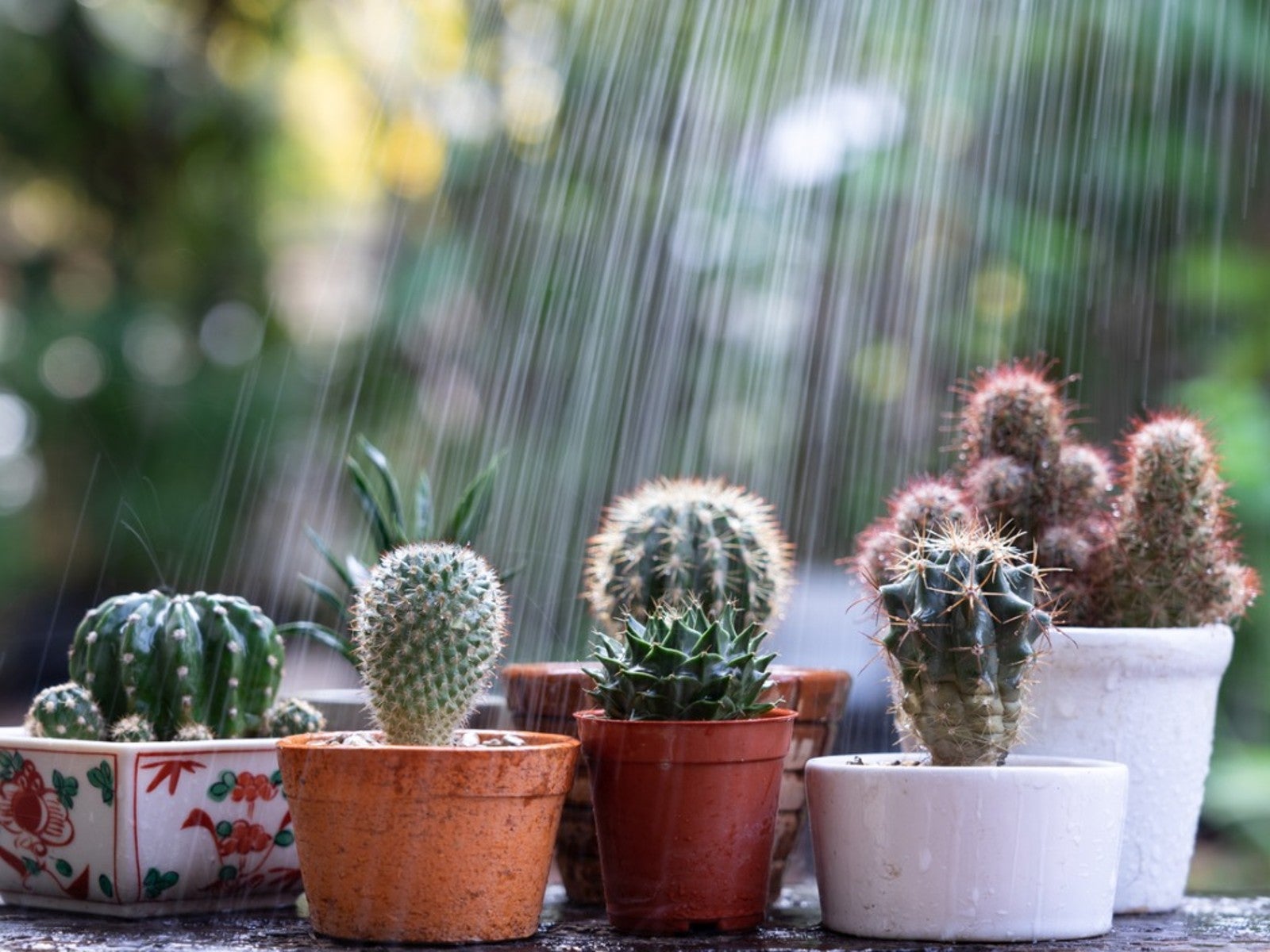 How To Protect Succulents And Cacti From Rain
How To Protect Succulents And Cacti From RainRain has the potential to cause damage to our cacti and succulents. However, when planted in proper soil, rainfall may perform as just a deep watering. Read on for more.
By Becca Badgett
-
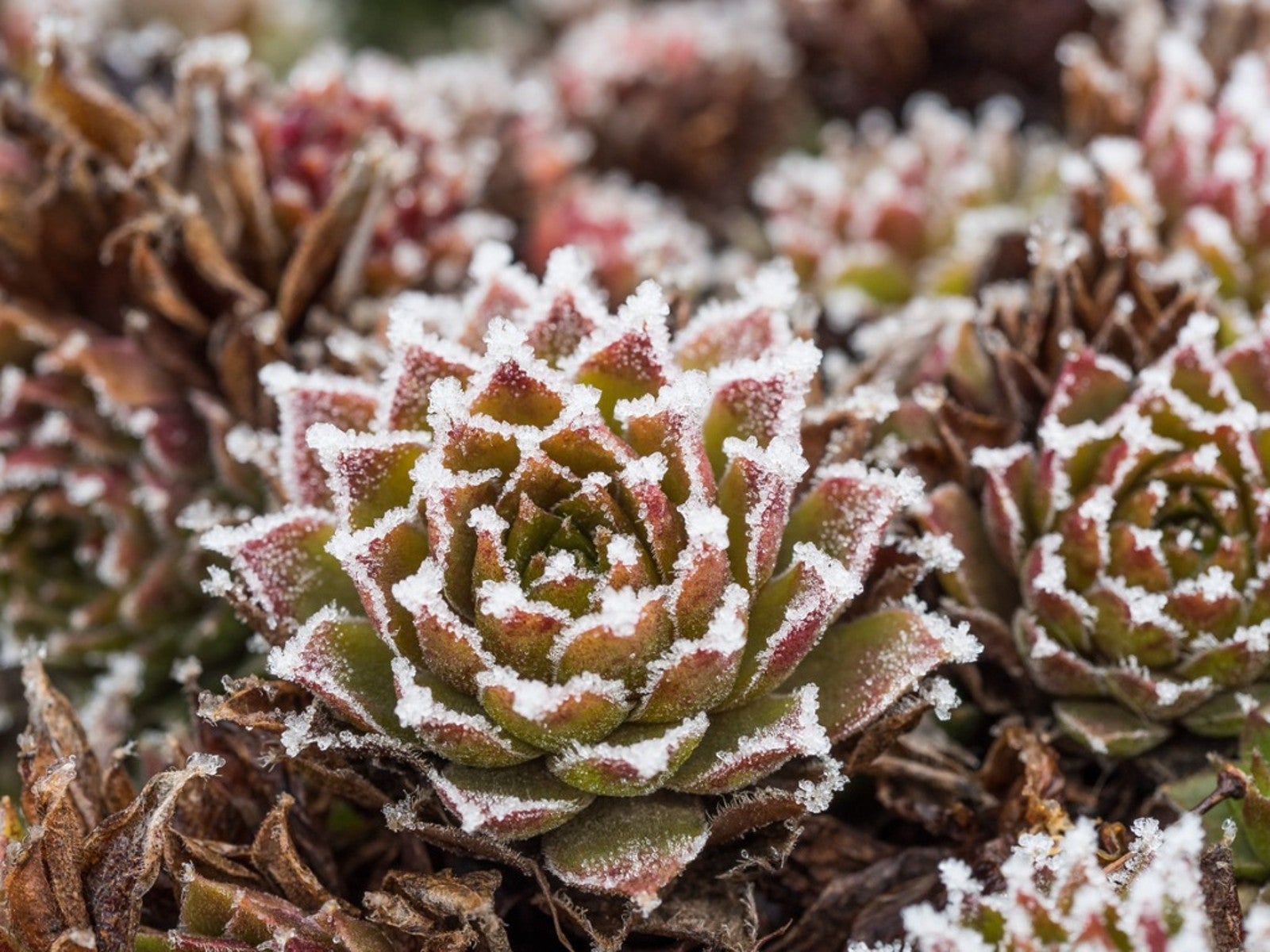 Succulents and Frost: How To Save A Succulent From Frost Or Freeze
Succulents and Frost: How To Save A Succulent From Frost Or FreezeCan succulents withstand cold? Succulents and frost don't traditionally go together and can result in damage, but you may be able to save frozen succulents.
By Bonnie L. Grant
-
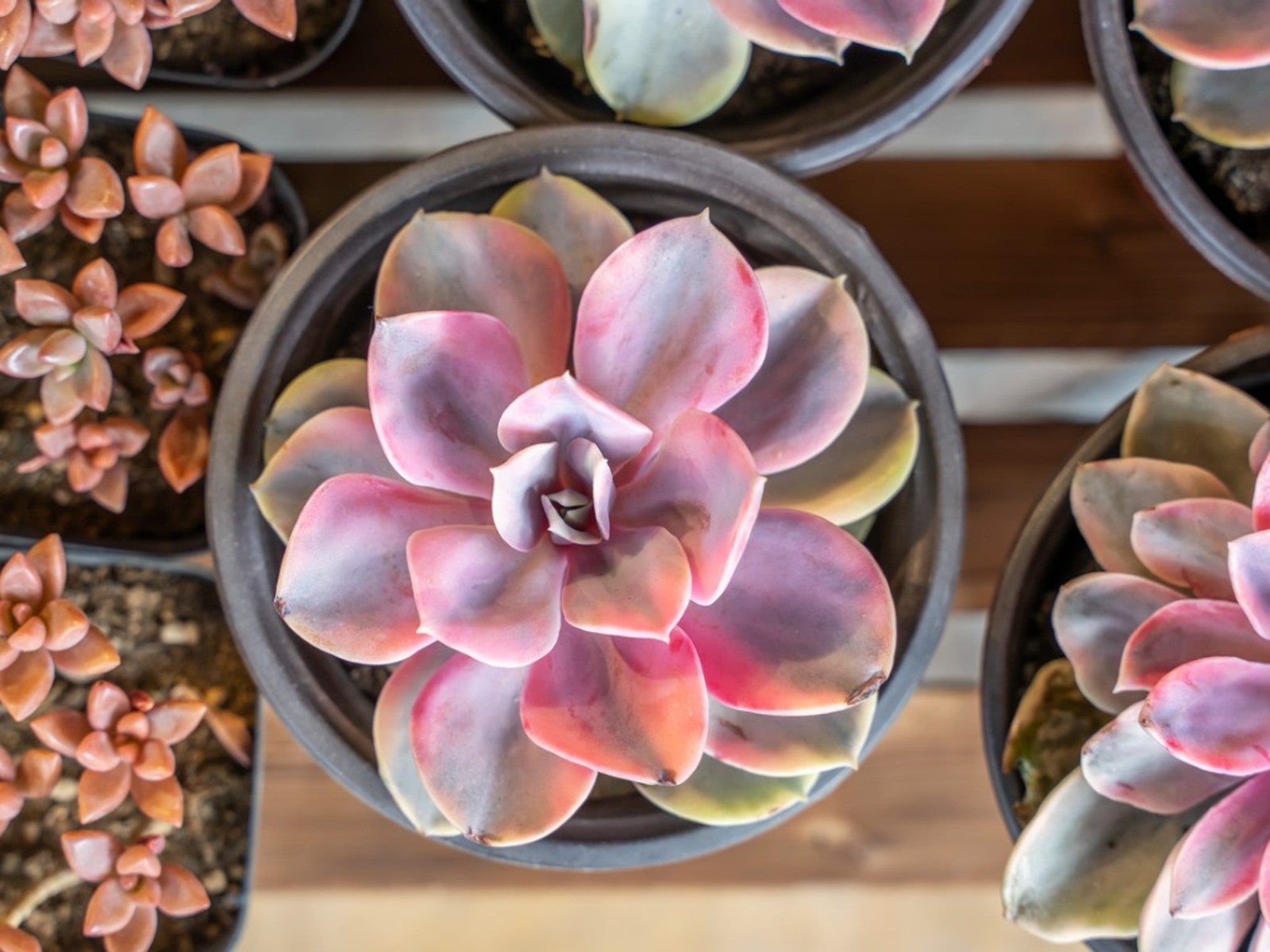 Pink Succulents Varieties To Try: How To Grow Perfect Pink Succulent Plants
Pink Succulents Varieties To Try: How To Grow Perfect Pink Succulent PlantsPink succulents may display the color on leaf edges or with streaks or blotches mingled throughout the foliage. Here are our favorites.
By Becca Badgett
-
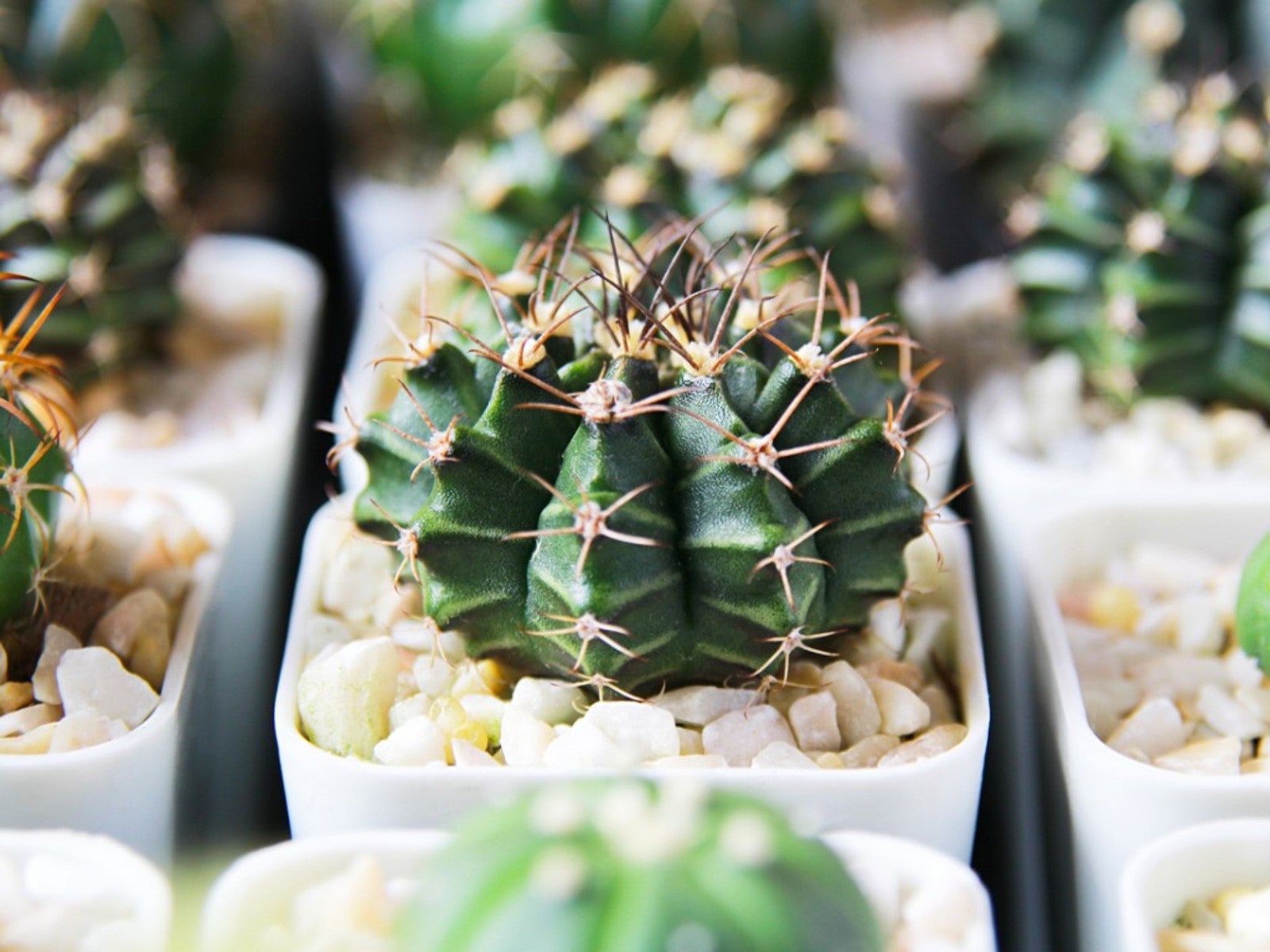 10 No Fuss Cacti - What’s The Best Low Maintenance Cactus
10 No Fuss Cacti - What’s The Best Low Maintenance CactusIf you’re thinking of adding plants to your collection, consider no fuss cacti. Click here for an easy cacti list, even for beginners.
By Becca Badgett
-
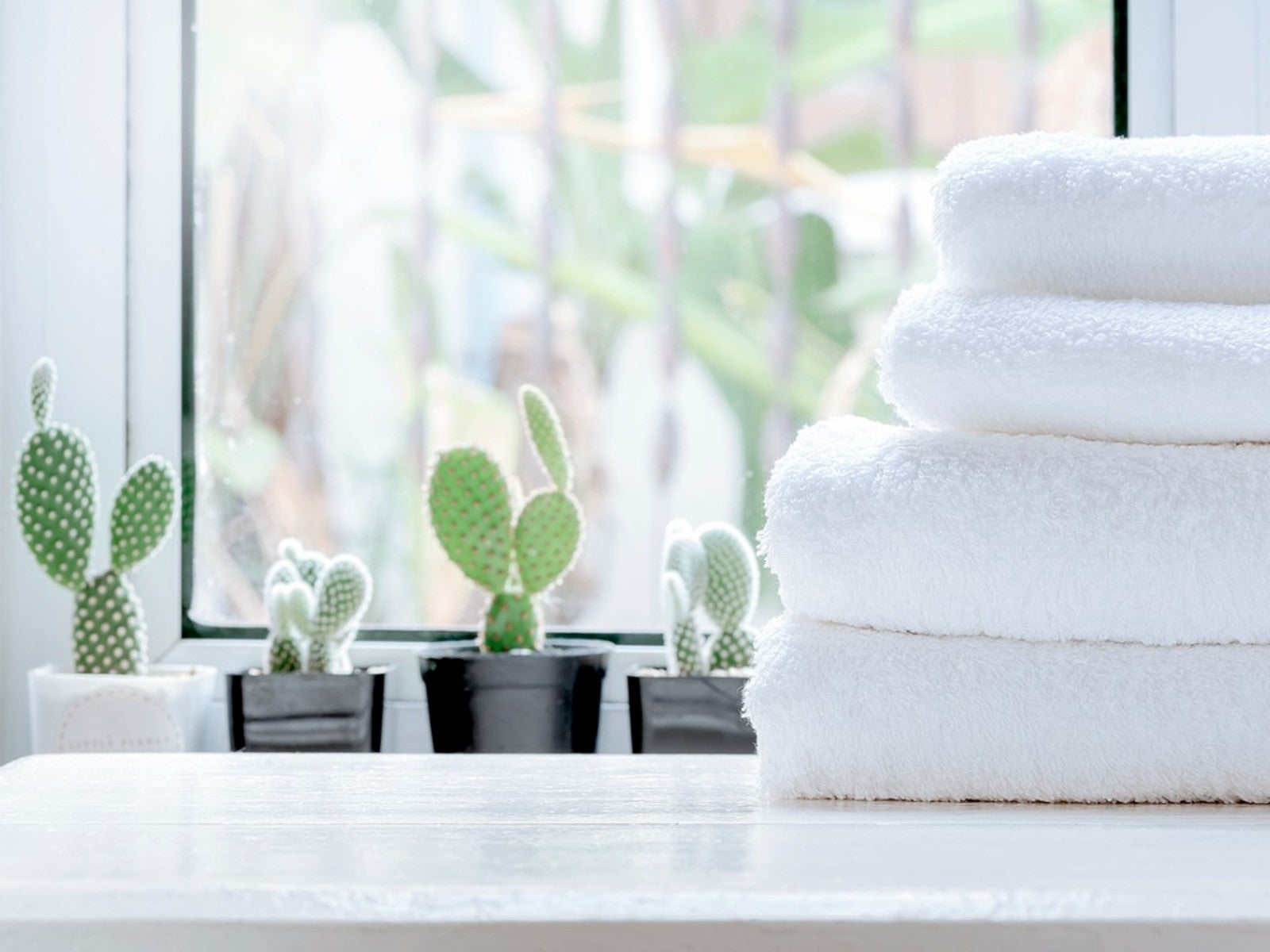 5 Best Succulents For A Bathroom
5 Best Succulents For A BathroomSome succulents can be great options for bathroom decoration. Read on for our top five bathroom succulent ideas.
By Becca Badgett
-
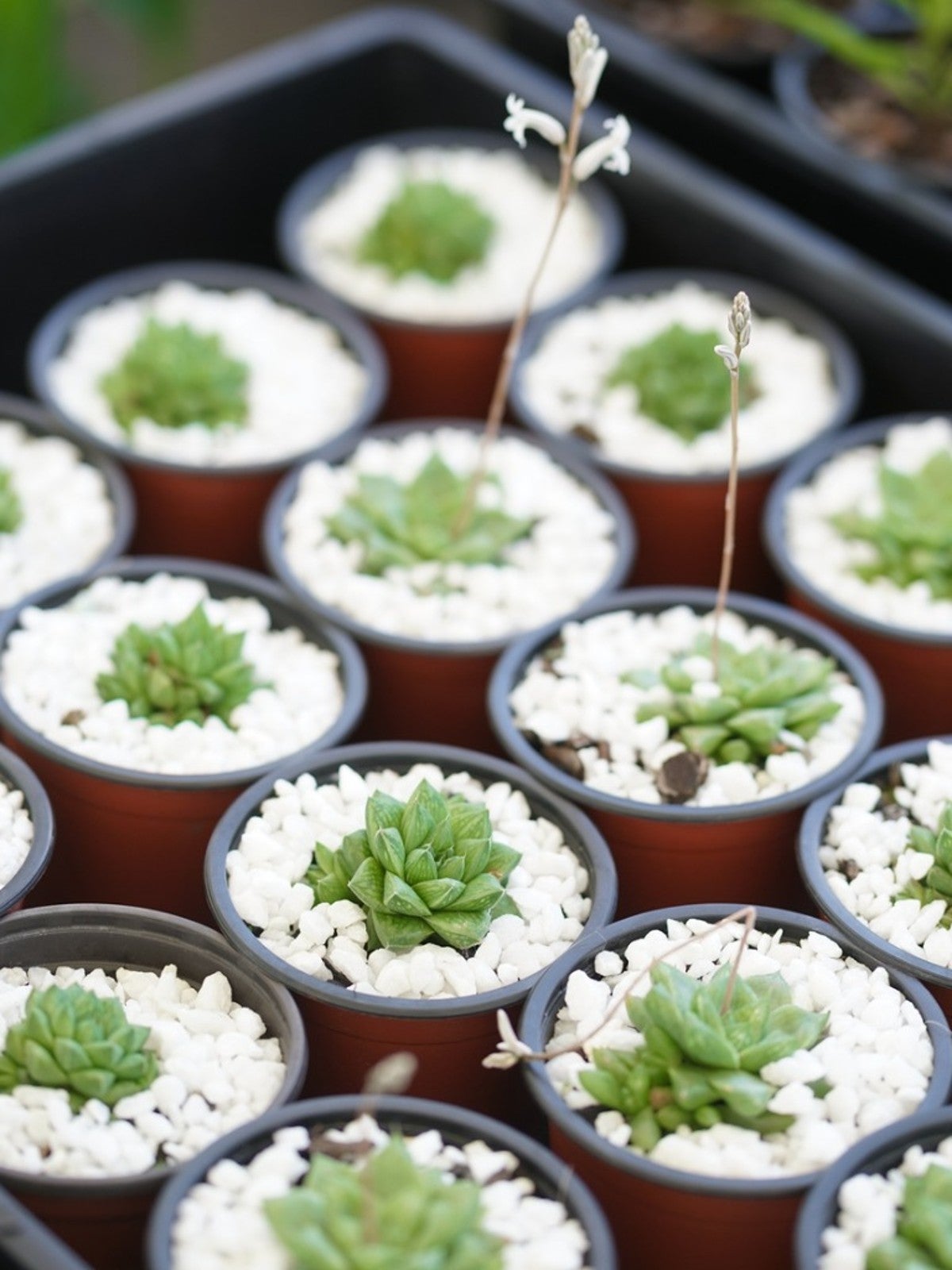 What Is A Succulent Starter Kit - Best Succulent Starter Kits
What Is A Succulent Starter Kit - Best Succulent Starter KitsWhile garden kits are not the most inexpensive option for growing succulents, they do include everything you’ll need. Grow succulents from seed by using a succulent seed starter kit to learn the process and to check your results.
By Becca Badgett
-
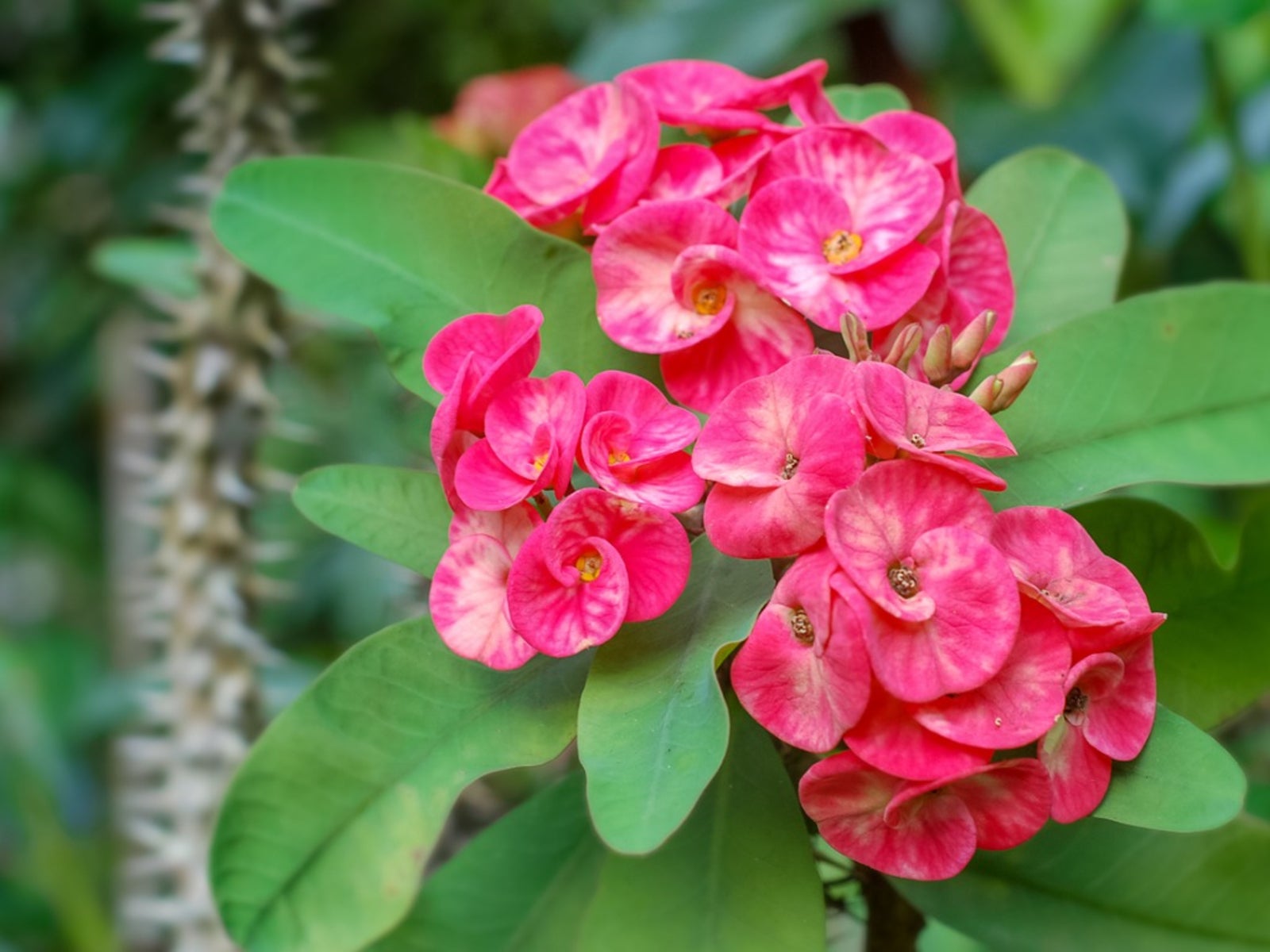 Dazzling Succulents - Succulents With Striking Flowers
Dazzling Succulents - Succulents With Striking FlowersWhen you think of succulents you may just envision their unique leaves and stems. But succulents also produce bright and bold flowers in the right conditions. Read on to learn more.
By Bonnie L. Grant